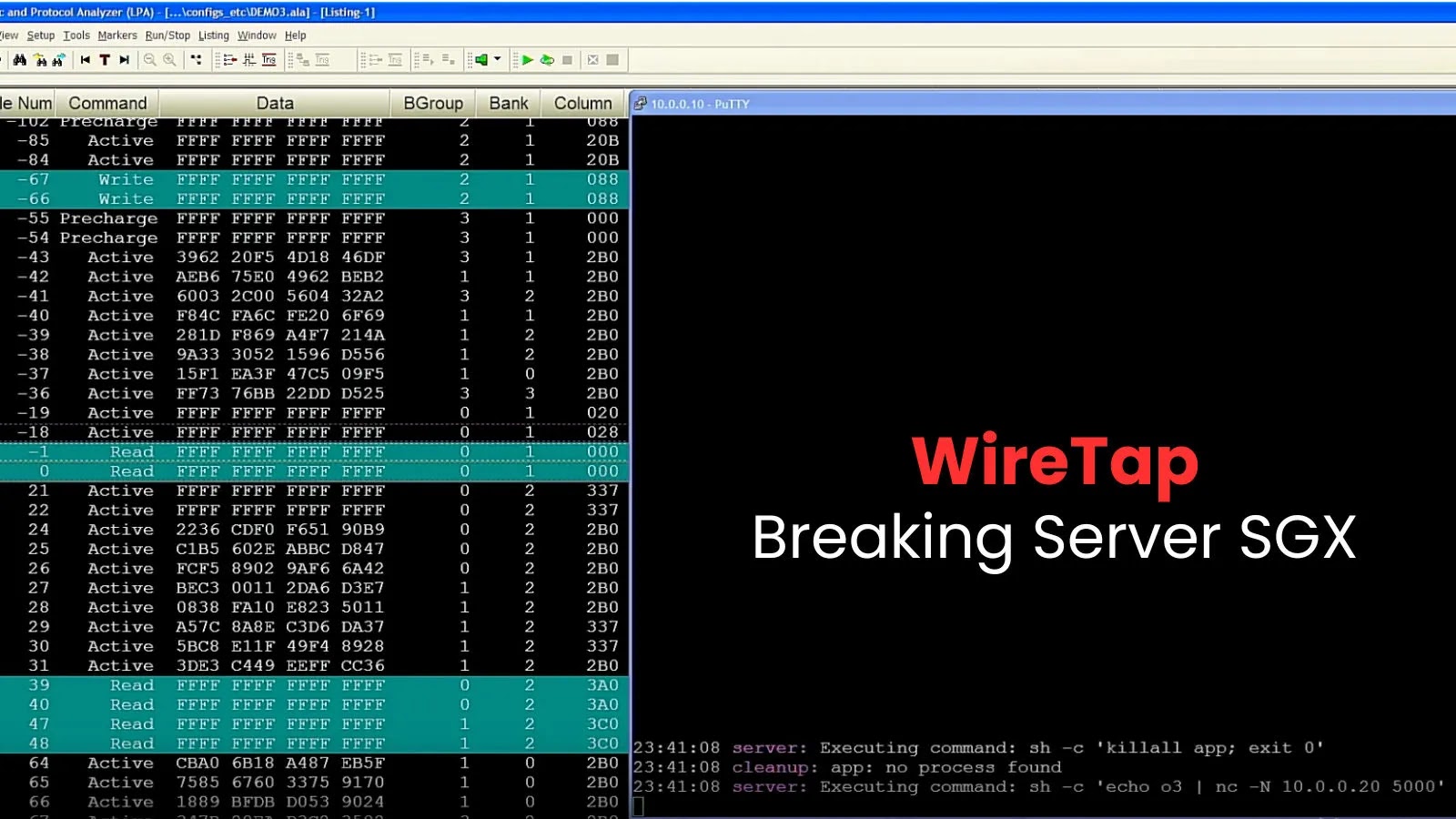On March 19, 2025, Cloudflare unveiled AI Labyrinth, an innovative tool designed to combat unauthorized web-scraping bots by redirecting them into an endless maze of AI-generated content. This free, opt-in feature represents a significant advancement in bot mitigation strategies, leveraging generative AI as a defensive mechanism against unauthorized data collection.
The Challenge of Unauthorized AI Crawlers
The proliferation of AI-generated content has been remarkable, with reports indicating that such content accounted for four of the top 20 Facebook posts last fall. Medium estimates that 47% of all content on their platform is AI-generated. Concurrently, there has been a surge in new crawlers employed by AI companies to scrape data for model training. These AI crawlers generate over 50 billion requests to the Cloudflare network daily, constituting nearly 1% of all web requests. This substantial volume underscores the escalating challenge of unauthorized web scraping, which can lead to increased hosting costs, slower page load times, and potential SEO ranking issues.
Introducing AI Labyrinth
Traditional methods of blocking malicious bots often alert attackers to detection, prompting them to adapt and perpetuating a continuous arms race. In contrast, AI Labyrinth employs a sophisticated honeypot approach. When suspicious bot activity is detected, the system embeds hidden links leading to convincing yet irrelevant AI-generated pages, effectively wasting the bot’s time and resources. This strategy not only protects website content but also serves as a next-generation honeypot. No real human would navigate multiple links deep into a maze of AI-generated nonsense. Any visitor that does is very likely to be a bot, providing a new tool to identify and fingerprint bad bots, which are then added to Cloudflare’s list of known bad actors.
How AI Labyrinth Works
AI Labyrinth utilizes Workers AI with an open-source model to generate unique HTML pages on diverse topics. Rather than creating this content on-demand, which could impact performance, Cloudflare implements a pre-generation pipeline that sanitizes the content to prevent any XSS vulnerabilities and stores it in R2 for faster retrieval. Each generated page includes appropriate meta directives to prevent search engine indexing, thereby protecting legitimate SEO efforts. These Nofollow tags ensure that AI crawlers not adhering to recommended guidelines are trapped in the labyrinth, while respectful bots safely ignore the honeypot. Importantly, these links remain invisible to human visitors through carefully implemented attributes and styling.
Implementation and Future Plans
Enabling AI Labyrinth is straightforward. Website administrators can activate the feature through the Bot Management section of their Cloudflare dashboard by simply toggling it on. The tool is available to all Cloudflare customers, including those on free plans, and requires no additional configuration.
Cloudflare acknowledges that this is a “cat and mouse game” and that AI scrapers will eventually find workarounds. Anticipating this, the company is already developing the next generation of defenses. Future plans include creating whole networks of linked URLs that are increasingly difficult for automated programs to identify as fake. This proactive approach aims to stay ahead of AI scrapers, continuously improving detection capabilities without disrupting the normal browsing experience.
Conclusion
The introduction of AI Labyrinth signifies Cloudflare’s commitment to ending the “never-ending arms race” between web security providers and malicious actors. By turning AI against itself, Cloudflare has developed an innovative solution that not only protects website content but also demonstrates its dedication to safeguarding original content creators from unauthorized data scraping. As AI-generated content continues to proliferate online, tools like AI Labyrinth become increasingly crucial in maintaining the integrity and security of legitimate web content.



